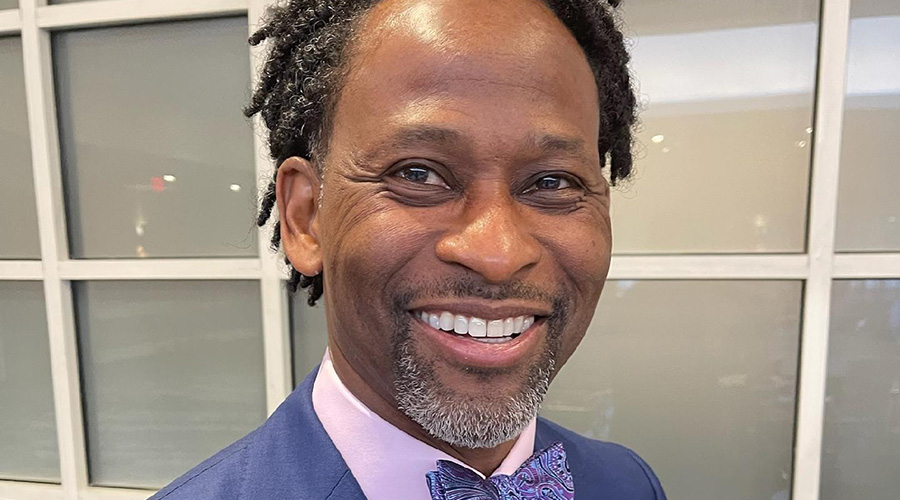Robert Lang: Security Road Map Can Improve Decisions in Emergencies
By Edward Sullivan, Editor
OTHER PARTS OF THIS ARTICLEPt. 1: This Page
Be prepared: That phrase may be a cliché, but when lives are on the line the advice is well worth heeding. For facility managers and security directors, being prepared means more than having security measures in place to address the biggest risks to life and property. It means having a strategic road map that will guide security decisions and enable a facility manager or security director to make the right choices if a headline-making emergency leads to the question, “What are we doing to make sure this doesn’t happen to us?”
All too often, funding for security measures is very difficult to come by — until something goes wrong. That’s especially true given the state of the economy. “It’s somewhat difficult to go in and ask for a lot of things to support security initiatives, especially when nothing has happened on a particular campus,” says Robert Lang, assistant vice president, strategic security and safety, and chief security officer, Kennesaw State University.
“Is that a wish to have something happen?” Lang asks. “No way.” Rather, it’s a recognition of reality. Concern for security rises when senior executives read about an incident at another facility. And it’s up to the facility manager or security director to be prepared with the right answers if questions come from higher up in the organization.
A strategic security road map can help provide those answers, says Lang. That road map is based on a careful, ongoing analysis of facility needs as well as technologies, policies and procedures that can address those needs. Lang’s road map extends five years into the future. He knows he won’t get funding for everything he’d like to enhance the security program, at least not right away. But the road map shows what he’d like to do and when.
Taking a strategic approach helps facility managers and security directors to avoid making poor decisions if an emergency leads top management to ask for action. The risk in cases like that is that the facility manager or security director will recommend investing in a technology that he or she really hasn’t thoroughly investigated.
“A lot of people don’t ask the question of how it would actually be applied in their facility,” says Lang. “You’ve got to do your homework. Your credibility is on the line.”
Being prepared means continually looking at better ways of addressing security risks, including the technology options available. “You need to dig in and see how it’s going to operate in your specific circumstances,” says Lang.
The road map should be quickly readable and fully detailed, including costs. The road map may not have been submitted for approval, but it should be ready in case something happens and you need a solution quickly.
And when it comes to security, there’s no way to predict when you will need the road map. Lang found that out first hand. Following the shootings at Virginia Tech, his boss — Randy Hinds, the vice president of operations — asked Lang what Kennesaw State should do. Lang had two specific recommendations. One was to get a siren system that included a voice-over function. That system enables the university, not only to indicate quickly that an emergency is taking place, but also to provide specific instructions about what to do.
The second recommendation was an emergency notification system that sends SMS text messages to students, faculty and staff.
Those two systems work hand in hand, with the siren-voice system alerting everyone within earshot and the emergency notification system providing more details. Subsequently, Kennesaw State added a pop-up computer override system to reach people who might be in areas of the campus without cell phone coverage.
With Hinds’ support, both recommendations were approved immediately. And both remain key elements of the university’s security strategy. In other places, poorly thought out responses to the shootings at Virginia Tech led to investments in technologies that were ultimately thrown out.
“A lot of this is looking down the road and having the vision of how you would want to operate to respond quickly and save lives,” Lang says. “You need to be ready. In a true emergency, they’re going to look at you and say, ‘what should we do?’”
Related Topics:











